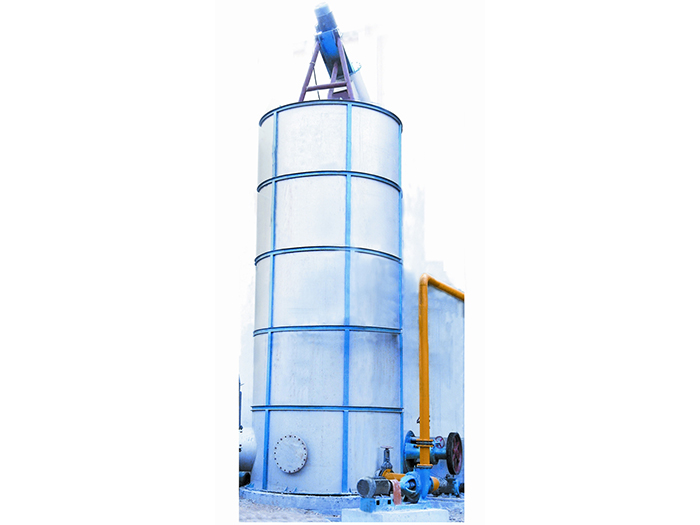Pulp Bleaching
Pulp bleaching is an important process in the pulping and paper making industry to improve the whiteness and stability. It is mainly achieved by removing the lignin in the pulp by chemical actions or structure changes of the chromogenic gene in the lignin. The bleaching methods are generally classified into delignification bleaching and lignin retention bleaching, or oxidative bleaching and reduction bleaching. The bleaching process of chemical pulp belongs to the delignification bleaching. The bleaching process of high yield pulp (including mechanical pulp) is to the lignin retention bleaching, which mostly uses reduction bleaching or oxidation-reduction multi-stage bleaching.
Bleaching process
The principles of pulp action are different according to different natures of the bleaching agents. The oxidized bleaching agent, in addition to removing colored substances, further removes residual lignin and other impurities, improving the whiteness and purity of the pulp and making the whiteness last for a long time. For grinding wood pulp, semi-chemical pulp and other high-yield pulps, they adopt reduction bleaching agent, which can only decolorize the coloring materials and will not cause the loss of fiber components, can maintain the original characteristics of the pulp, but the whiteness cannot last. So it is not advisable to make the paper that needs to be retained for a long time.


Bleaching has different processes and sections according to different raw materials, different pulping methods, different bleaching agents and different whiteness requirements. Typical five-stage bleaching process includes: the up-flow bleaching tower (chlorination section)-down-flow bleaching tower (alkali treatment section)-the up-flow bleaching tower (chlorine dioxide bleaching section)-mixer-washer.
The various bleaching sections are basically composed of washing and concentrating equipments, conveying equipment, mixing equipment and of bleaching agents and additives, reaction tower, preparation system, etc., and the e equipments is very related to the pulp concentration in the bleaching section. For a bleaching section or bleaching line, it can be carried out at three different concentrations: low concentration, medium concentration and high concentration.
It is more popular today for bleaching to use an oxidizing agent called hydrogen peroxide. The main process conditions for hydrogen peroxide bleaching include bleaching concentration, temperature, pH value, type and amount of chemicals, and bleaching time. From the viewpoint of the equipment, the residence time of the material-corrosion resistance and volume is considered. Bleaching includes high concentration bleaching (concentration at 30-35%) and medium concentration bleaching (concentration at 10-15%). For the high-concentration bleaching process, a mixer in which the pulp is mixed with chemicals and a discharger that the high-concentration pulp is smoothly discharged are also included. As the tower body, whether the pulp is high-concentrated or medium-concentrated, hydrogen peroxide bleaching is carried out under normal pressure. Therefore, the tower body is designed in the standard of an atmospheric pressure vessel. However, the tower body on a large production line will be higher than 10m, and the tank at the bottom of the tower should withstand a pressure of 01MPa or more. At this time, the design and construction of the tower body should be managed according to the pressure vessel standard.
Pulp bleaching is very important process. Bleaching tower is also called bleaching bin. About bleaching process, we’ve known much professional knowledge and can be provide them for you! Expect you to set up business relation with us!

